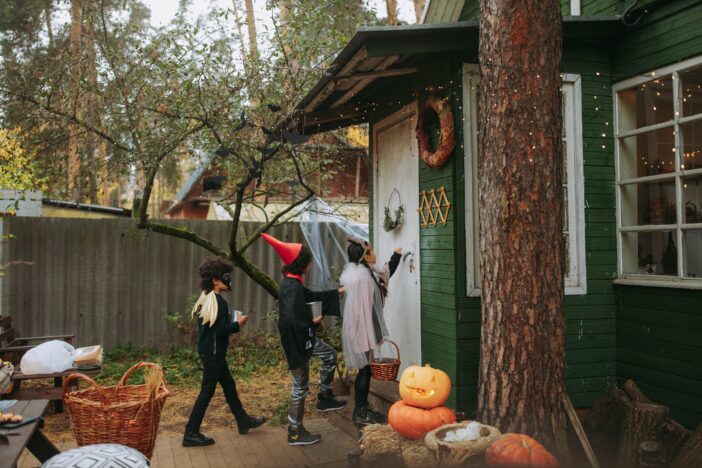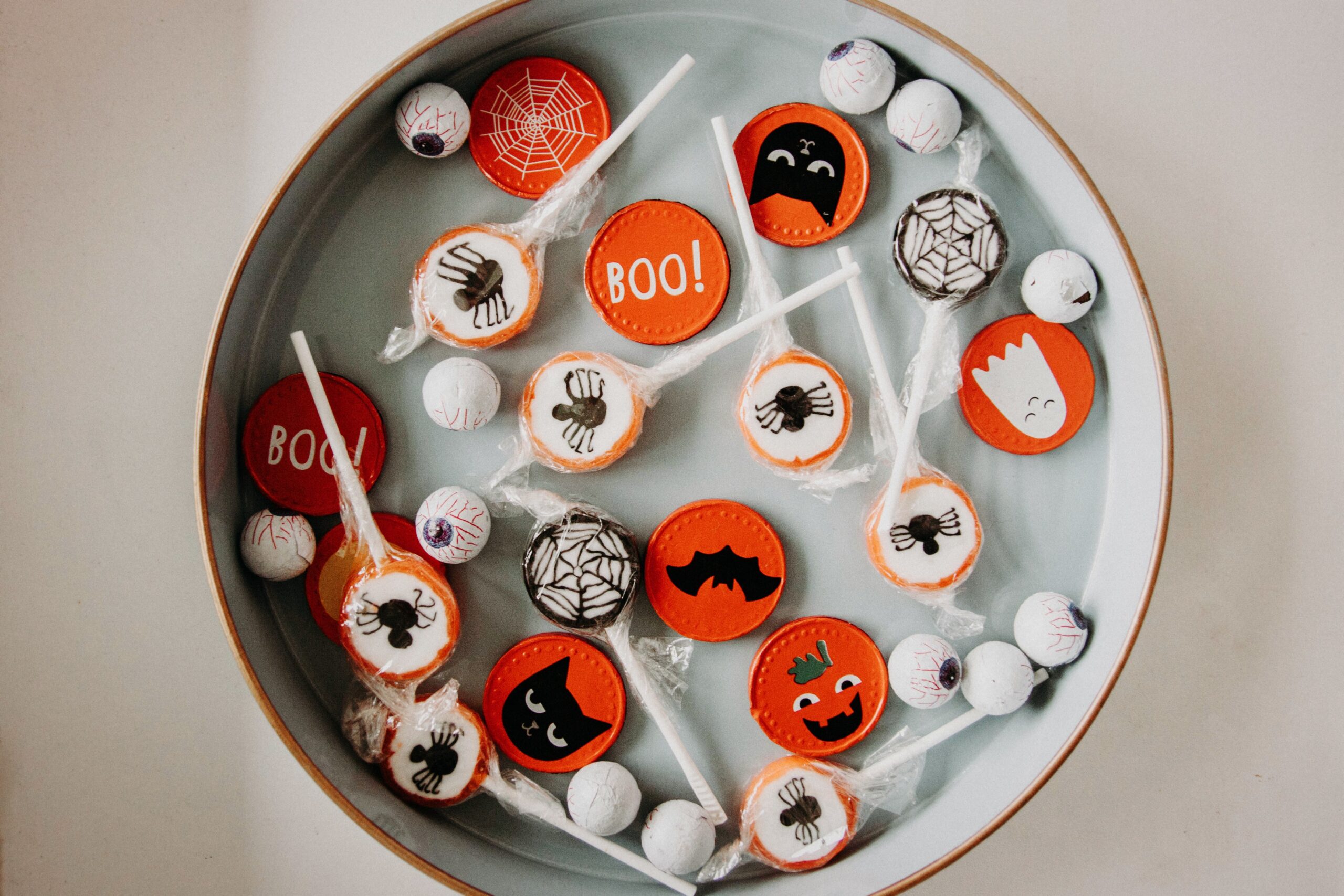Halloween: ghosts and goblins, witches and warlocks, and, this year especially, Barbies and Kens. And while trick-or-treating is evolving, estimates still range into the tens of millions of the cutest hooligans out each year collecting candy.
Halloween is the one evening when we give our streets and sidewalks over to roving bands of toddlers and tots, teens and tweens.
Although it is traditionally a fright night, Halloween is meant to be in good fun. To make sure the holiday stays that way, SafeOC.com, Orange County’s public safety awareness site, has a list of tips for Halloween safety.
Because, as mom always said, “it’s all fun and games until …” So, while it may be fun to revel in Halloween and its hi-jinks, it’s also always good to listen to mom.
Here are some safety tips and sobering reminders about America’s favorite Haunted Holiday.
The streets are not always safe
According to doctors and medical groups, Halloween is the holiday with the fourth highest number of ER visits and kids of all ages are at risk. Kids ages 10-14 make up a third of those injuries. On Halloween, the number of fatal pedestrian accidents doubles.
For this reason, being alert, careful, and vigilant are important for children, caretakers, and drivers alike.
Kids need to be reminded to stay on sidewalks, use crosswalks, and stop at intersections, preferably in a well-lighted neighborhood. Parents should establish a safe route for their children in a known neighborhood.
See and be seen
Children should carry glow sticks or flashlights turned on with fresh batteries. Costumes should be decorated with reflective tape and stickers. Wearing light colors is also a good idea.
Children should consider wearing makeup instead of masks, especially those that obscure sight, peripheral vision, or hearing. All costumes, wigs, and accessories should be fire-resistant. Avoid costumes with long trailing fabric or oversized clothing that can be tripped over. Make-up should be removed at night to avoid skin irritation.
To enjoy the full experience of trick-or-treating, children and adults should unplug from their devices and ear buds and resist talking on the phone and texting.
Since children are often excited and distracted and tend to take the shortest — rather than the safest — route when crossing streets, motorists must be vigilant and careful. Drive slowly and be on the lookout for children, especially on medians, alleyways, driveways, and darting out between cars.
Those supervising children, in addition to keeping track of the kids, should keep an eye out for cars and make eye contact or wave to drivers to alert them to the presence of children.
Candy safety
Every year fevered stories about candy horrors recirculate.
Last year, it was “rainbow fentanyl.” The Drug Enforcement Agency, as well as law enforcement, governmental agencies, and lawmakers issued dire warnings of the drug being packaged as candy by cartels to hook children. As it turned out, there were no known cases of kids overdosing.
In other years, it has been cannabis candy, treats laced with psychedelics, and before that, razors and pins in apples. And who passes out apples anyway? While they make for good headlines, the horror stories are rarely, if ever, true.
Joel Best, a University of Delaware professor and leading expert who has compiled data on the issue dating back to 1958, told CNN “I can’t find any evidence that any child has ever been killed or seriously injured by a contaminated treat picked up in the course of trick-or-treating.”
That said, caution is important. While it is hard to prove a negative, observant parents have likely saved kids from tainted candy over the years. Children should be taught not to accept homemade or unwrapped treats from anyone they don’t know.
All candy should be taken home before it’s consumed (good luck with that). And children should be told not to share candy with friends who have food allergies.
A parent or responsible adult should inspect candy for pinholes or tears in the wrapping or anything unwrapped and toss it out.
If you are suspicious you can contact the California Poison Control System, or call the national hotline at 1-800-222-1222.
Preparing for the onslaught
Much of the fun of Halloween can be passing out candy, decorating, and enjoying the kids and their costumes. But those who interact with trick-or-treaters can play an important role in overall safety.
Make sure to turn on outside lights to show your home is ready for trick-or-treaters. Make sure your porch or stoop is well lit.
You may be inspired to go all out in making yours the scariest walk on the block. But be sensible. Consider fire risk and be mindful of flammable decorations such as dried cornstalk and crepe and other paper products, not to mention candles. Decorations are the first thing to ignite in roughly 800 reported home fires each year, according to the National Fire Protection Association. More than one-third of those fires were started by a candle.
If possible, use LED lights rather than hotter bulbs, don’t overload outlets, and be sure not to exceed electricity limitations. Have a fire extinguisher available just in case.
Make sure trick-or-treaters stay outside and in public view. Never invite them into your house.
For other Halloween safety tips or more in-depth information check out:
Institute for Childhood Preparedness
Sign up for the ReadyOC newsletter and the SafeOC newsletter to receive local updates, public safety alerts, and tips.
 Behind the Badge
Behind the Badge




